Overview
The blog explores the rich history and evolution of pocket knives, from ancient tools to modern innovations. It highlights their significance in craftsmanship, culture, and sustainability, while emphasizing the importance of supporting artisans in preserving this legacy. The article discusses various historical milestones, regional variations, and the contemporary revival of pocket knives, celebrating their functional and symbolic roles in society.
Frequently Asked Questions
1. What is the history of pocket knives?
2. How did pocket knives evolve during the medieval period?
3. What is the significance of handmade knives today?
4. How have modern materials impacted pocket knives?
5. Why is it important to support artisans who create handmade knives?
Pocket knives have captured the imaginations of craftsmen, collectors, and outdoors enthusiasts for centuries. Their evolution from rudimentary tools to sophisticated tools used in various industries is a remarkable tale worth exploring. In this article, we delve into the rich history of pocket knives, from their origins to their present-day significance, all while appreciating the craftsmanship behind handmade knives.
The Origins of Pocket Knives
The concept of a pocket knife dates back to ancient civilizations. The earliest known examples were simple folding knives made with primitive materials like stone and wood. These tools were essential for daily tasks such as cutting food, crafting, and self-defense.
Ancient Civilizations and Early Tools
Throughout different cultures, the pocket knife's design evolved. In Egypt, craftsmen made metallic blades, while the Romans developed folding knives designed for tactical efficiency. The Technique of combining metal with organic materials laid the groundwork for what would eventually become modern pocket knives.
Medieval Innovations
During the medieval period, the introduction of new metalworking techniques resulted in stronger and more durable blades. The craftsmanship of handmade knives became a respected trade. Blacksmiths honed their skills, creating knives that were not only functional but exquisite in design.
The Rise of Folding Mechanisms
The folding mechanism, a hallmark of pocket knives, began gaining popularity during this time. The ability to fold the blade into the handle allowed for safer transportation and ease of use. This innovation was crucial for travelers and warriors alike, as it made it possible to carry a sharp tool discreetly.
The Renaissance Era and Blade Craftsmanship
As Europe transitioned into the Renaissance, innovations in design and craftsmanship flourished. Artisans began to incorporate intricate designs and embellishments, turning pocket knives into not just tools but also works of art. This period celebrated individuality and personal expression, and pocket knives became popular gifts.
Regional Variations
Different regions specialized in unique designs. French knives were renowned for their elegant shapes, while the Italian style emphasized ornate detailing. These handmade knives not only served practical purposes but became symbols of status and artistry.
The Steep Climb to Popularity in the 19th Century
The 19th century marked a turning point in the history of pocket knives. The Industrial Revolution brought about mass production, allowing for lower costs and accessibility. As the westward expansion in the United States began, a demand for rugged, durable tools arose, significantly boosting the popularity of pocket knives.
The Birth of American Brands
American brands emerged, with companies like Buck Knives and Victorinox leading the charge. These brands recognized the need for high-quality, versatile tools that could withstand heavy use. Pocket knives transformed into essential gear for farmers, soldiers, and campers.
The Role of Handmade Knives in Craftsmanship
Amid mass production, there remained a passionate community dedicated to the art of handmade knives. Craftsmen emphasized quality over quantity, specializing in bespoke designs tailored to individual preferences. Handmade knives offered a level of personalization unmatched by factory-produced alternatives.
Tools for Artisans and Collectors
For many, handmade knives became collectibles, each piece representing the skill and story of its creator. Artisanal craftsmanship has carved a niche in today's market, where enthusiasts appreciate the value of uniqueness and quality. These handmade knives are sought after not just for their practicality, but also for their craftsmanship and artistry.
Modern Innovations and the Pocket Knife Revival
In recent times, pocket knives have witnessed a revival, particularly among younger generations. Craftsmanship has taken on new dimensions with modern materials such as titanium, stainless steel, and synthetic handles. Additionally, the resurgence of interest in outdoor activities has catapulted pocket knives back into popularity.
Sustainable Practices and Eco-Friendly Materials
Current trends emphasize sustainability, leading many craftsmen to use eco-friendly materials and practices in creating handmade knives. Consumers are becoming more conscious of their purchases, seeking tools that not only serve a purpose but are also environmentally responsible.
The Cultural Significance of Pocket Knives
Beyond their practicality, pocket knives hold a cultural relevance that extends across generations and demographics. They symbolize independence, survival, and craftsmanship. From being a rite of passage gift for young boys to a treasured heirloom passed down through generations, the pocket knife remains an integral part of modern culture.
Functional and Symbolic Roles
In the 21st century, pocket knives are not just tools; they represent a blend of utility and tradition. They are used in a variety of contexts—hiking, fishing, camping, and even everyday carry (EDC) scenarios. They also signal a connection to heritage and craftsmanship, where handmade knives can be treasured amulets of personal history.
The Future of Pocket Knives
As technology continues to evolve, so does the pocket knife. Today’s market includes multi-tools and tactical knives that integrate advanced functionalities while still honoring traditional craftsmanship. There’s an undeniable growing community dedicated to revitalizing pocket knives, focusing on quality, longevity, and heritage—a return to the core values that originally defined them.
The Importance of Supporting Artisans
As we look to the future, supporting artisans who create handmade knives is crucial. By choosing handmade options over mass-produced alternatives, consumers contribute to a culture that values craftsmanship and unique design. Encouraging the next generation of knife makers ensures that this valuable trade and the timeless appeal of pocket knives continue to thrive.
Embracing the Legacy of Pocket Knives
In closing, the story of pocket knives is one of innovation, artistry, and cultural significance. From ancient practical tools to contemporary masterpieces, the journey encapsulates centuries of history. Whether you are a collector, user, or admirer, the legacy of the pocket knife—especially those exquisite handmade knives—remains a testament to human ingenuity. Next time you reach for that trusty pocket knife, remember the rich tradition and craftsmanship it embodies. Celebrate the past while looking toward the future, as the story of the pocket knife is far from over.


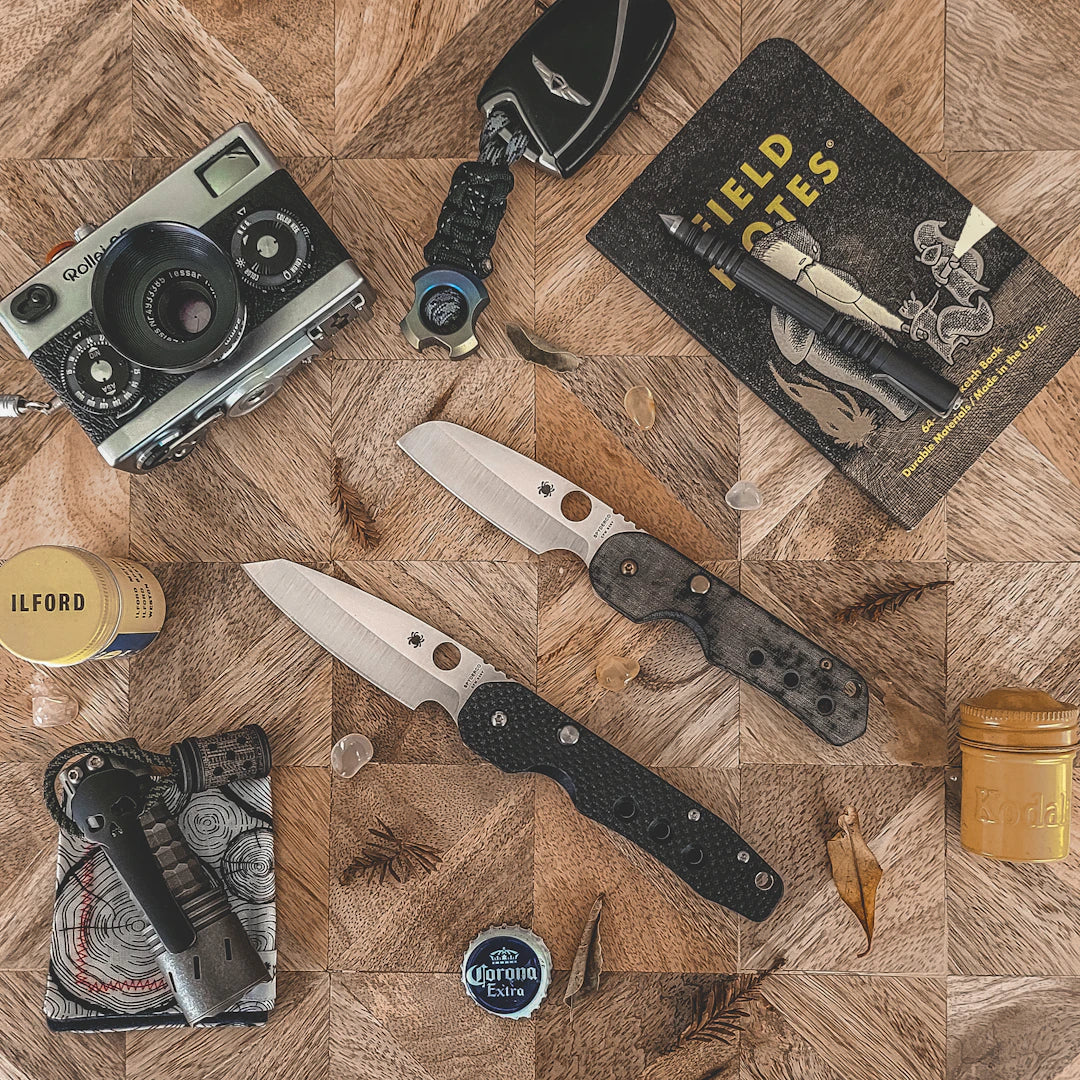



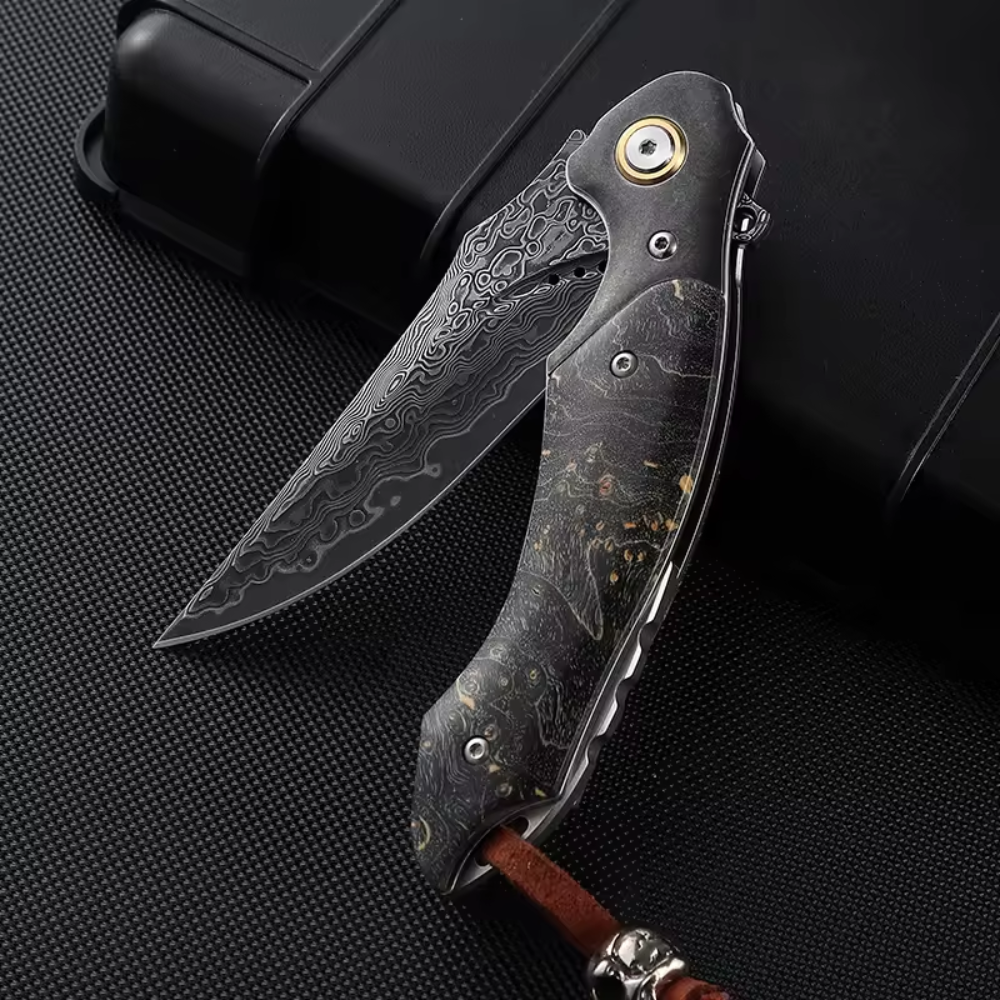
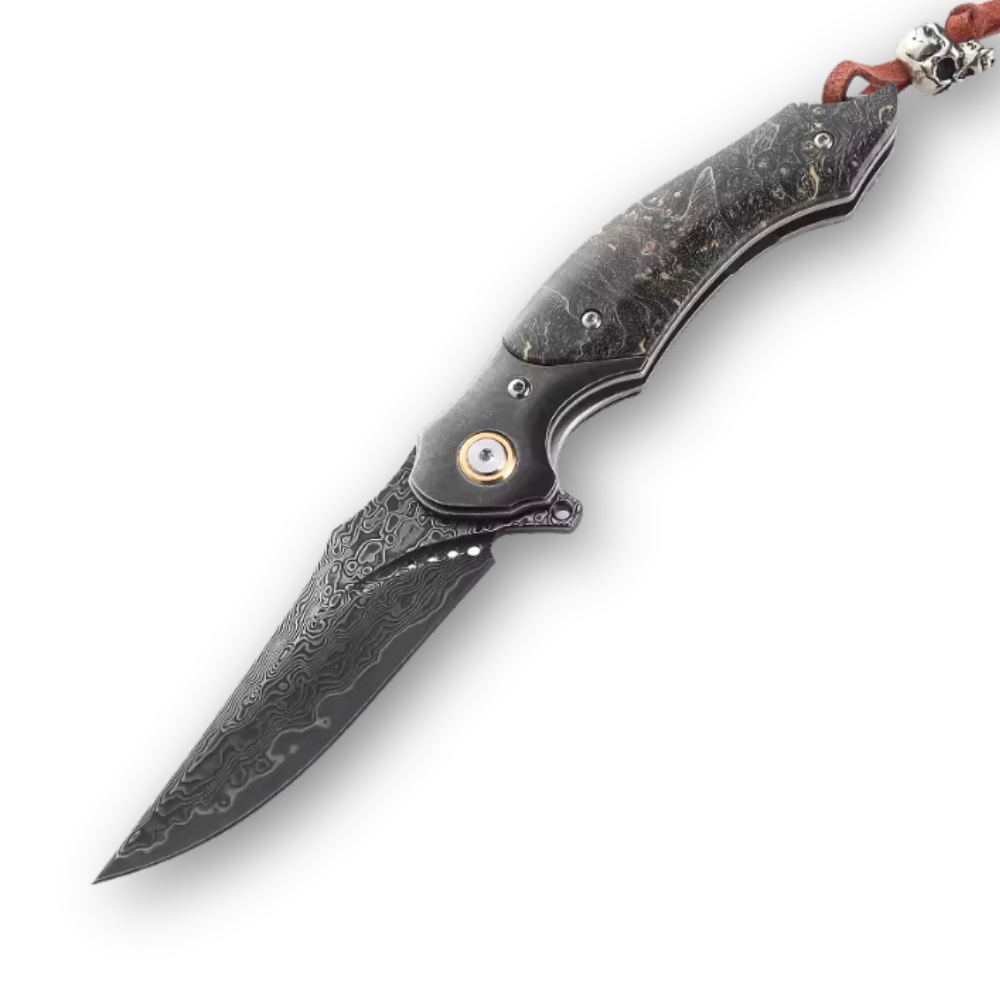
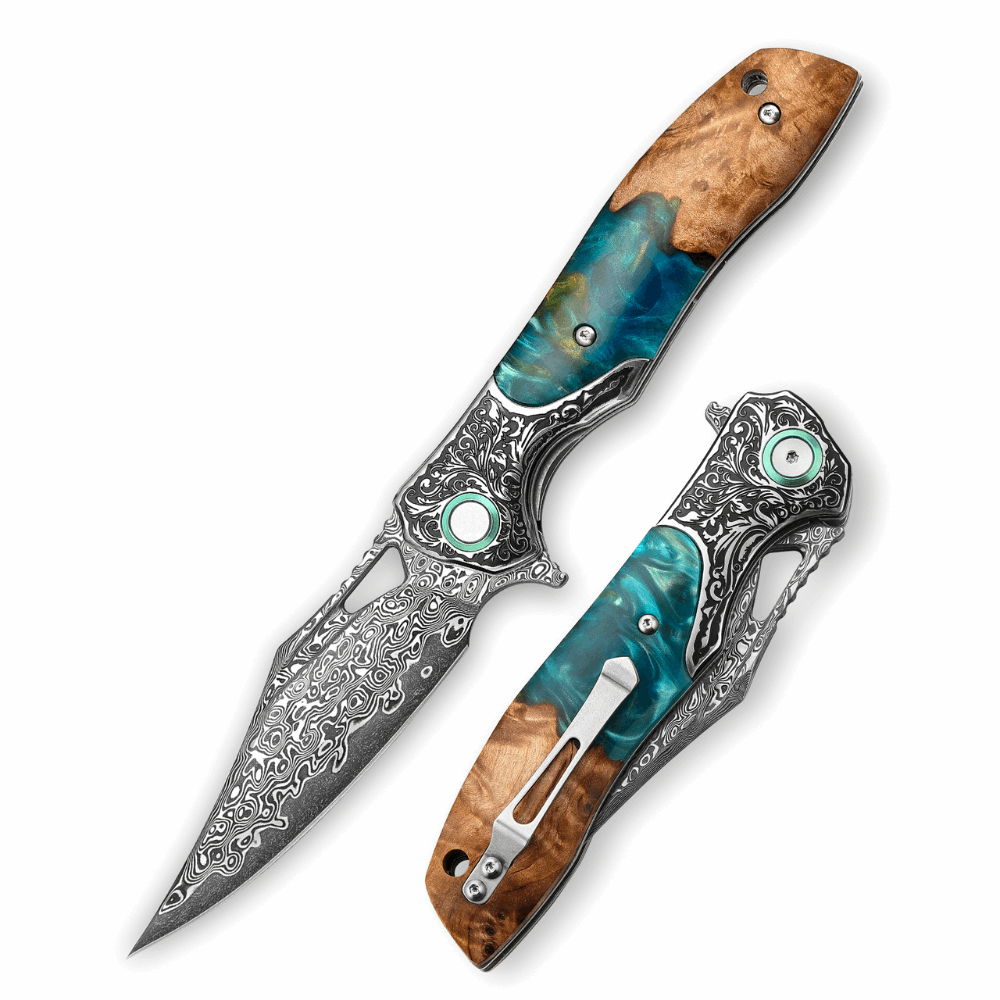
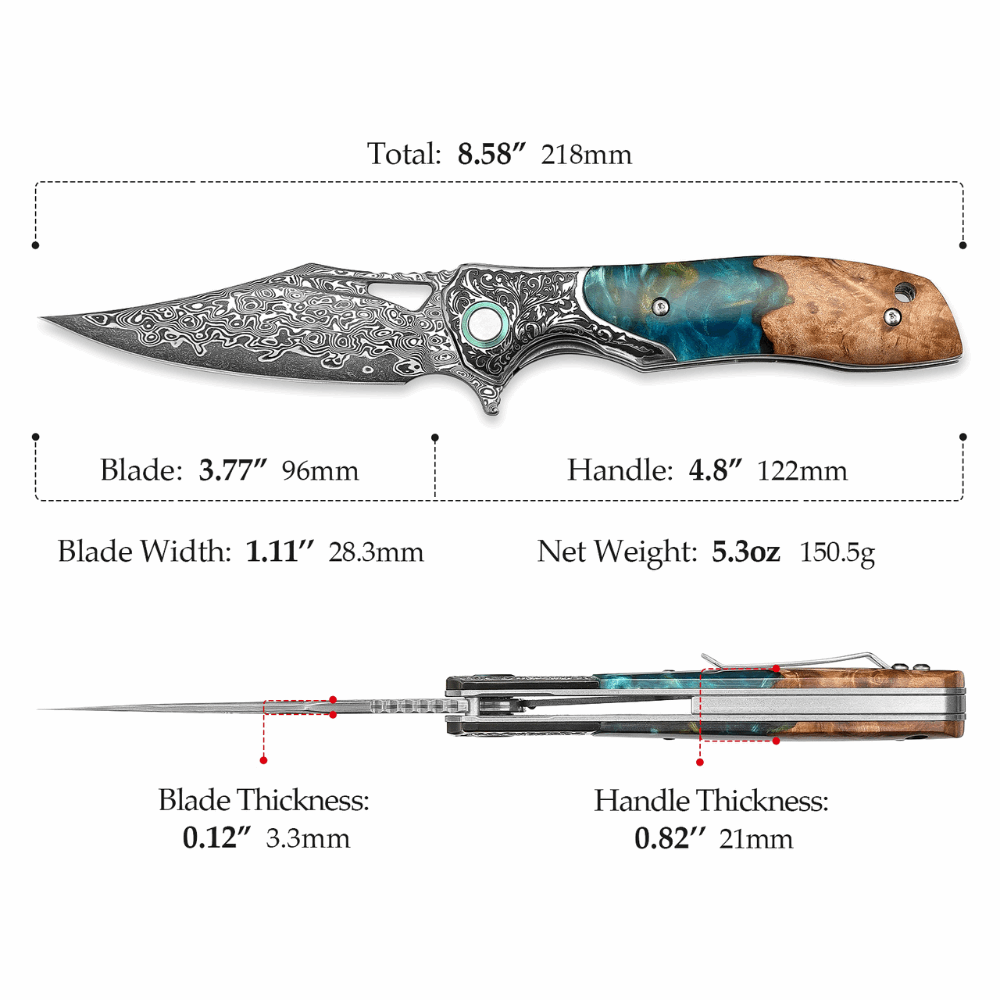
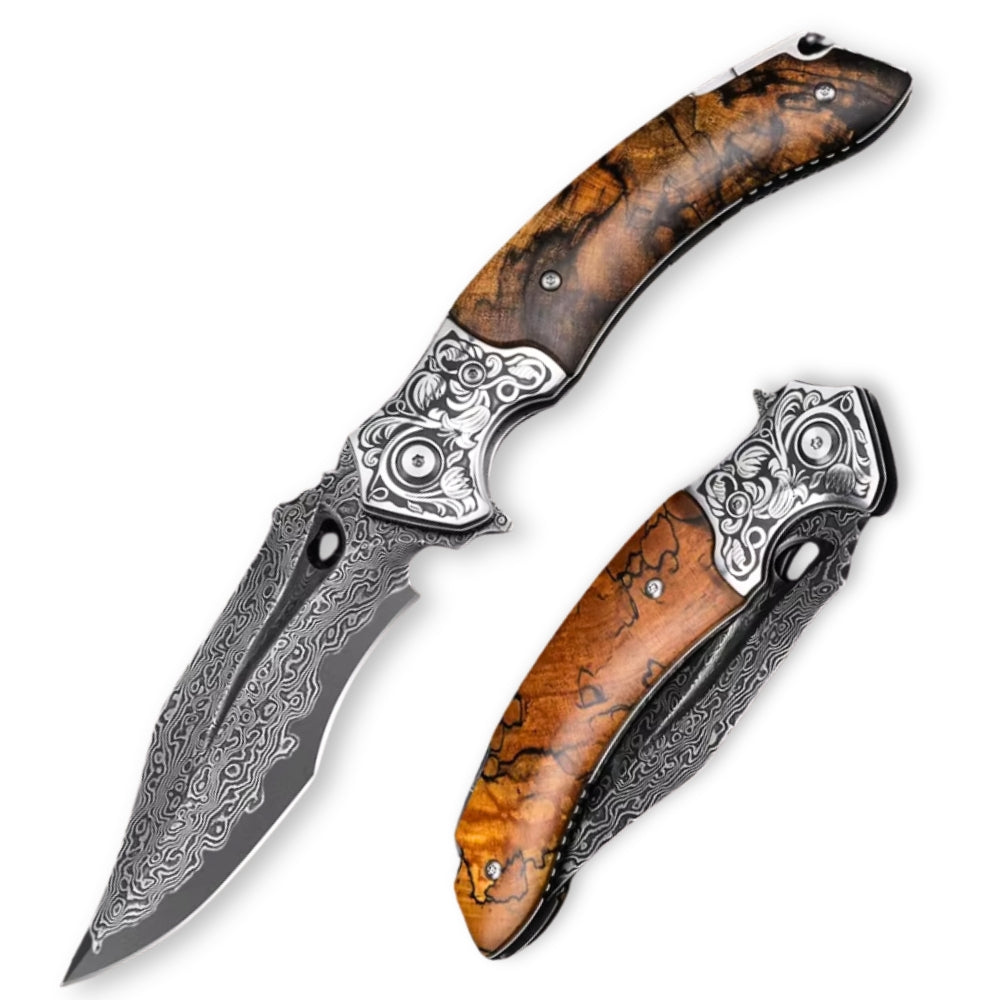
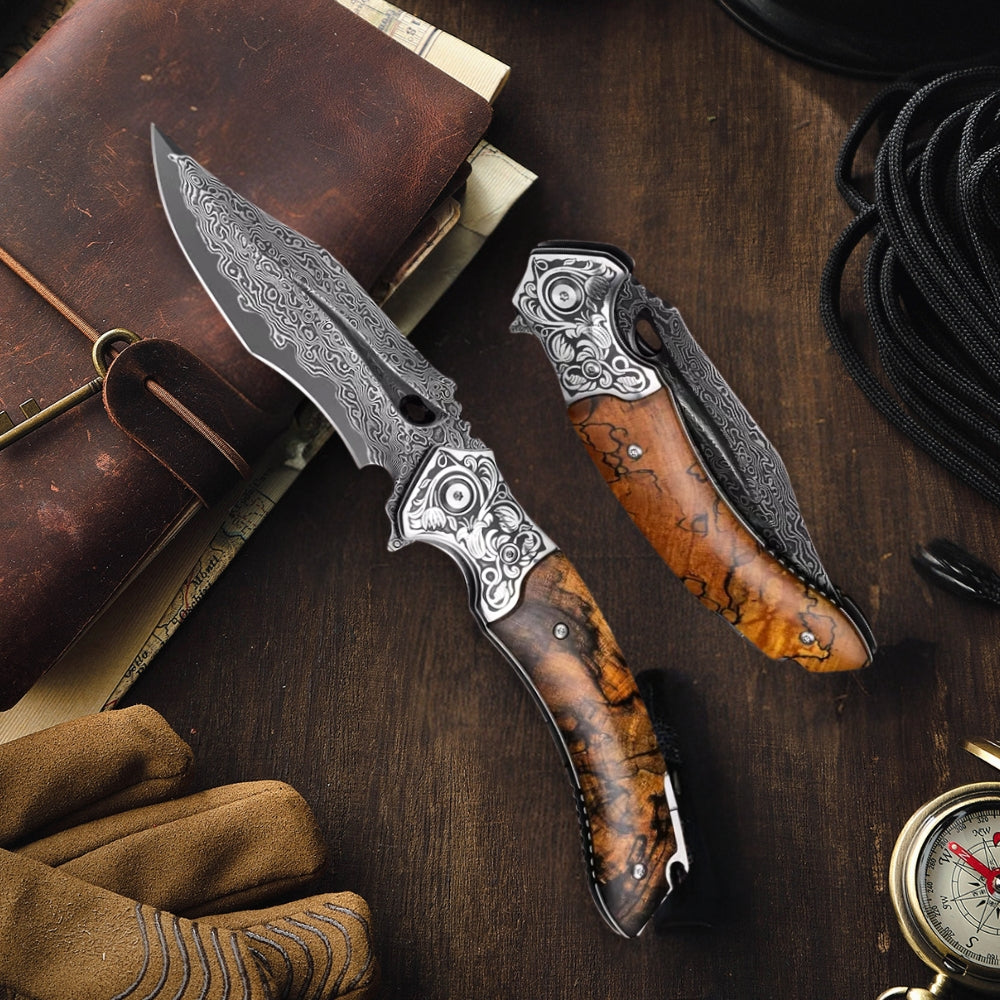
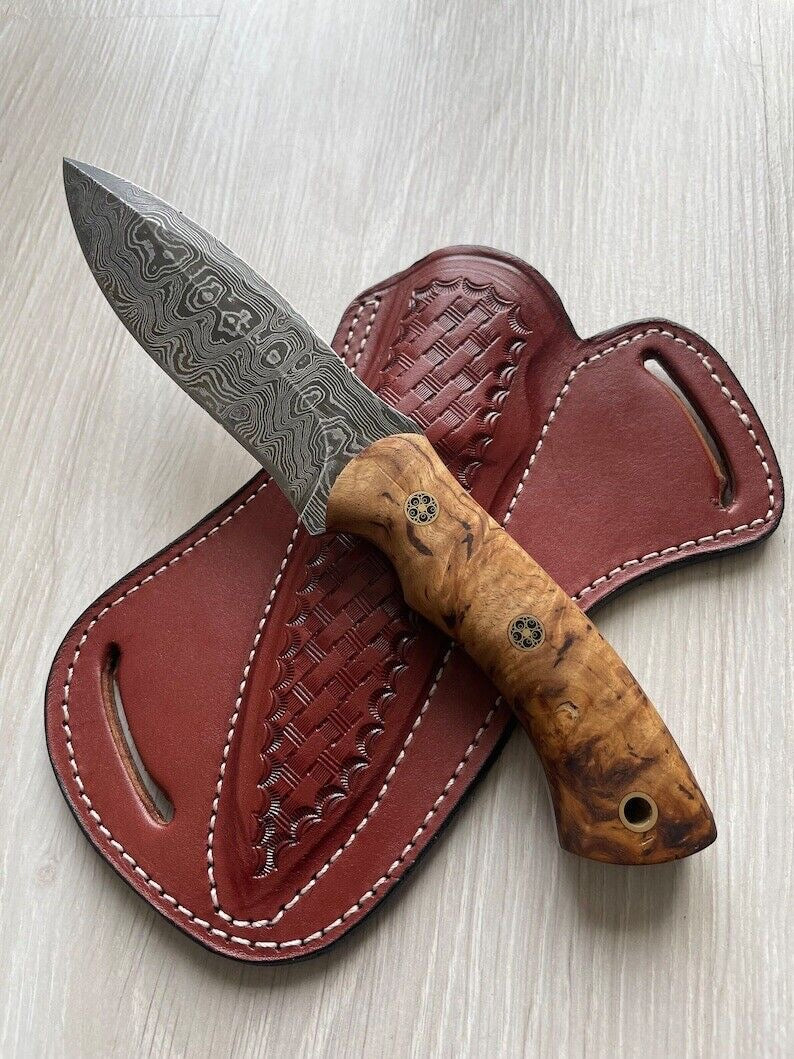
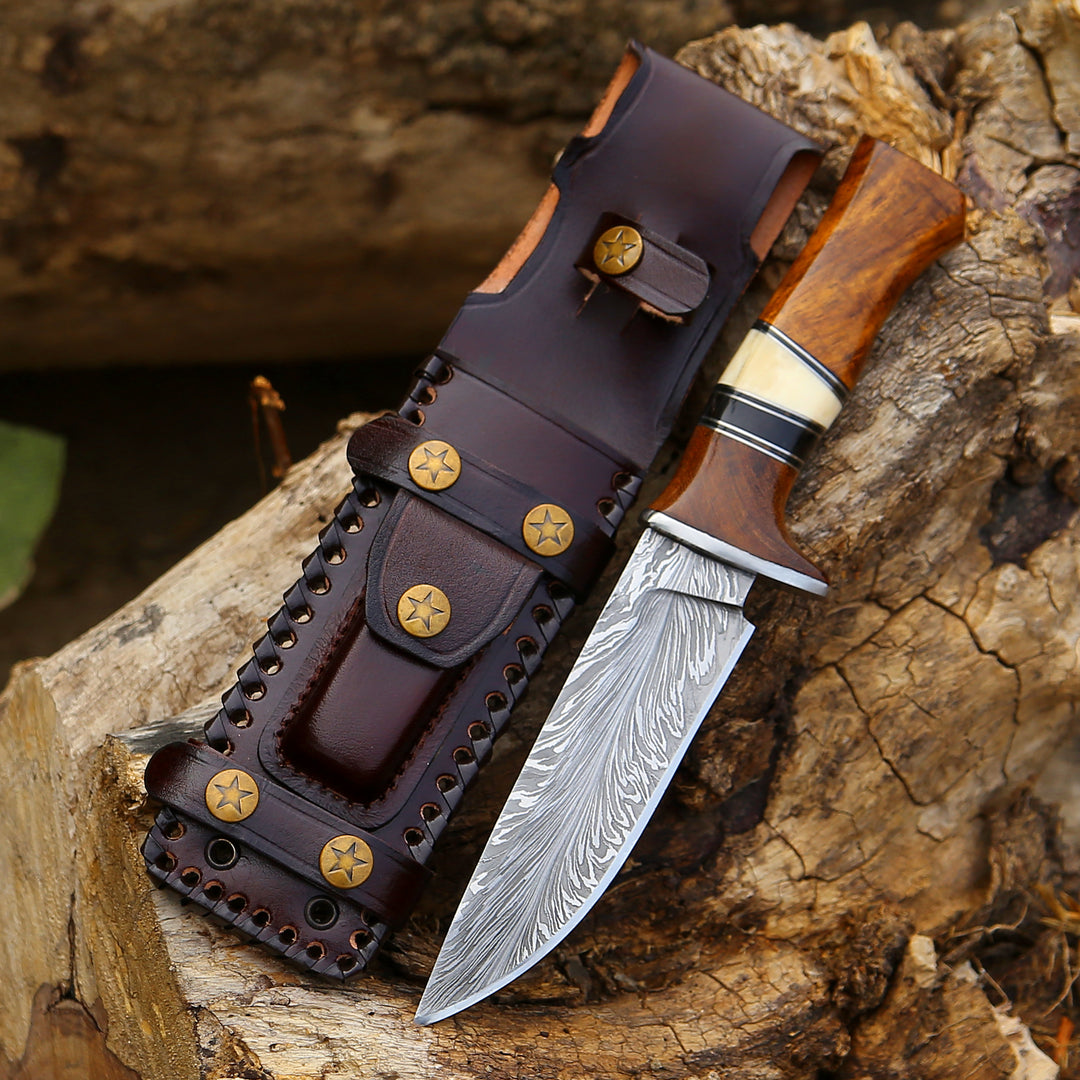
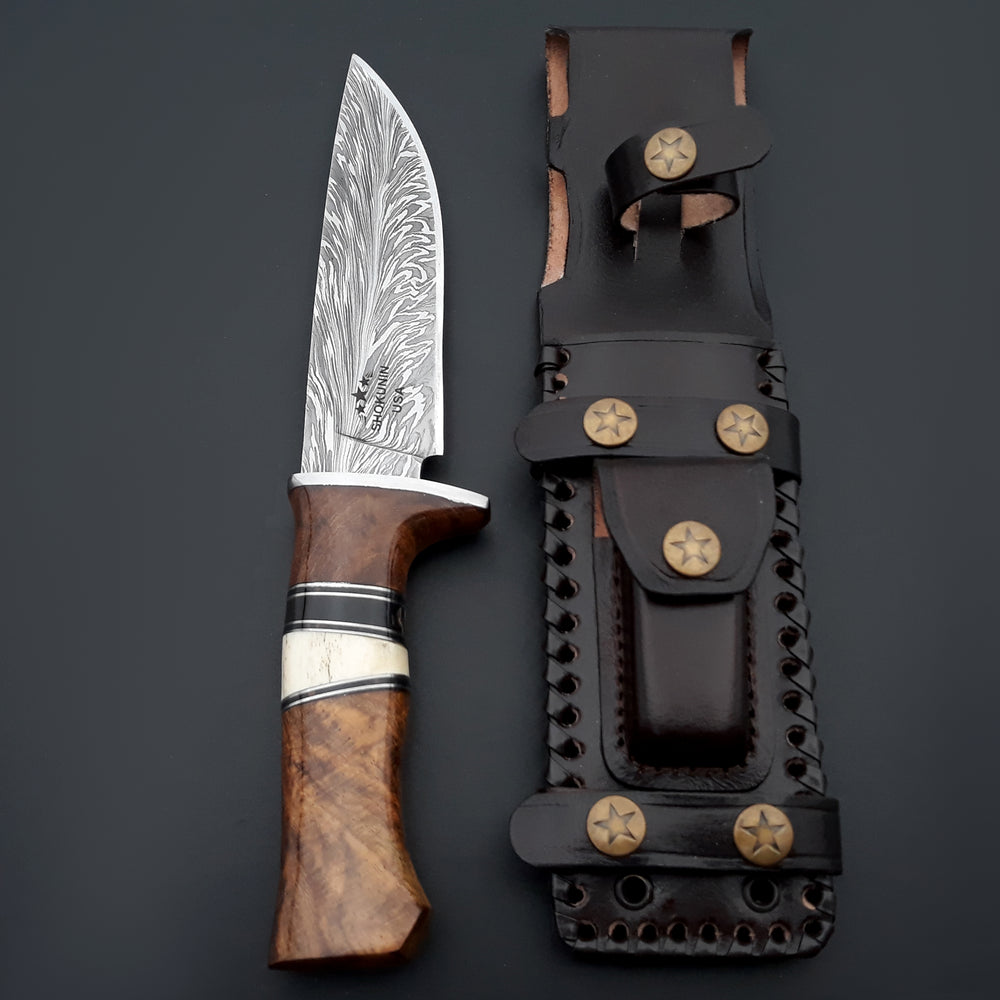
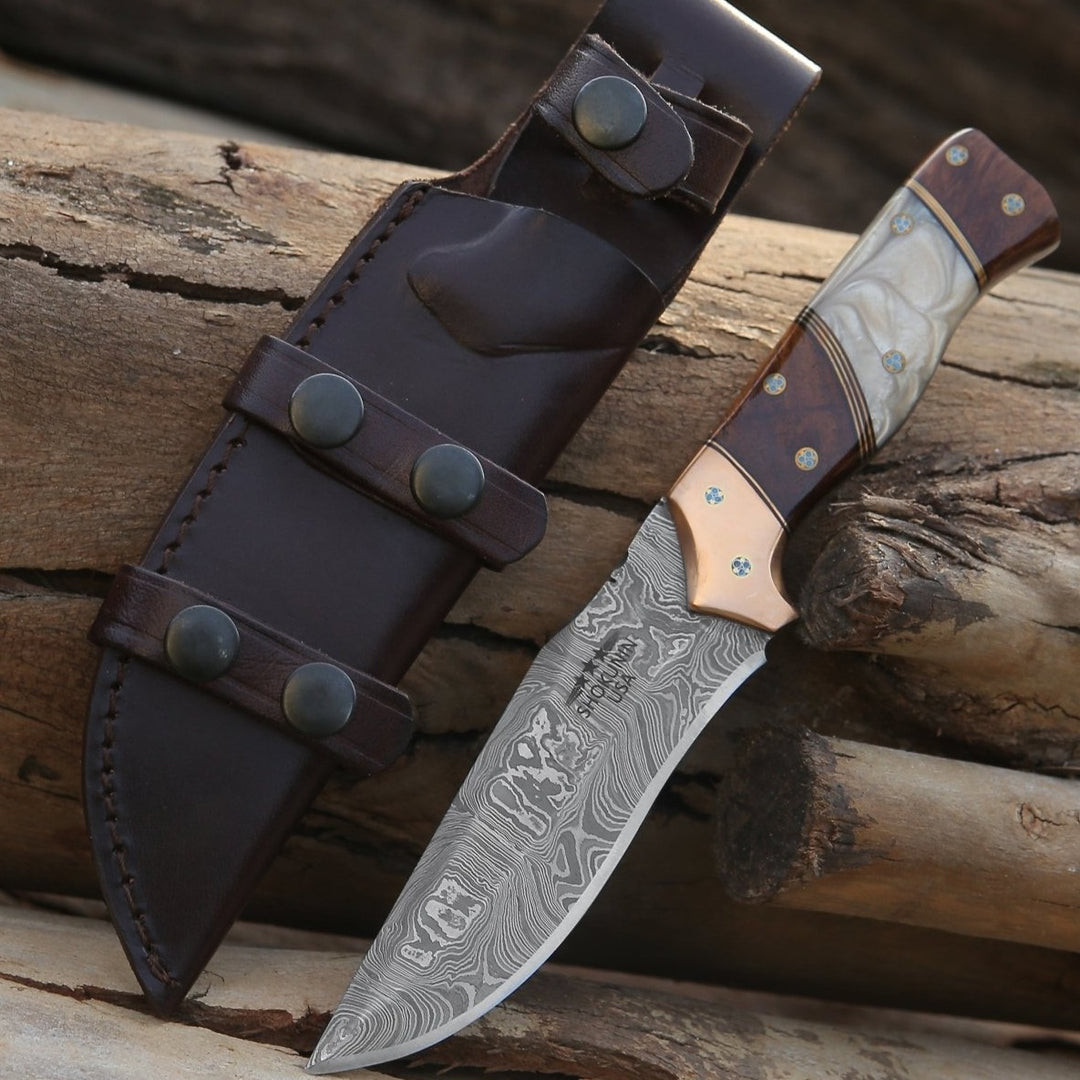
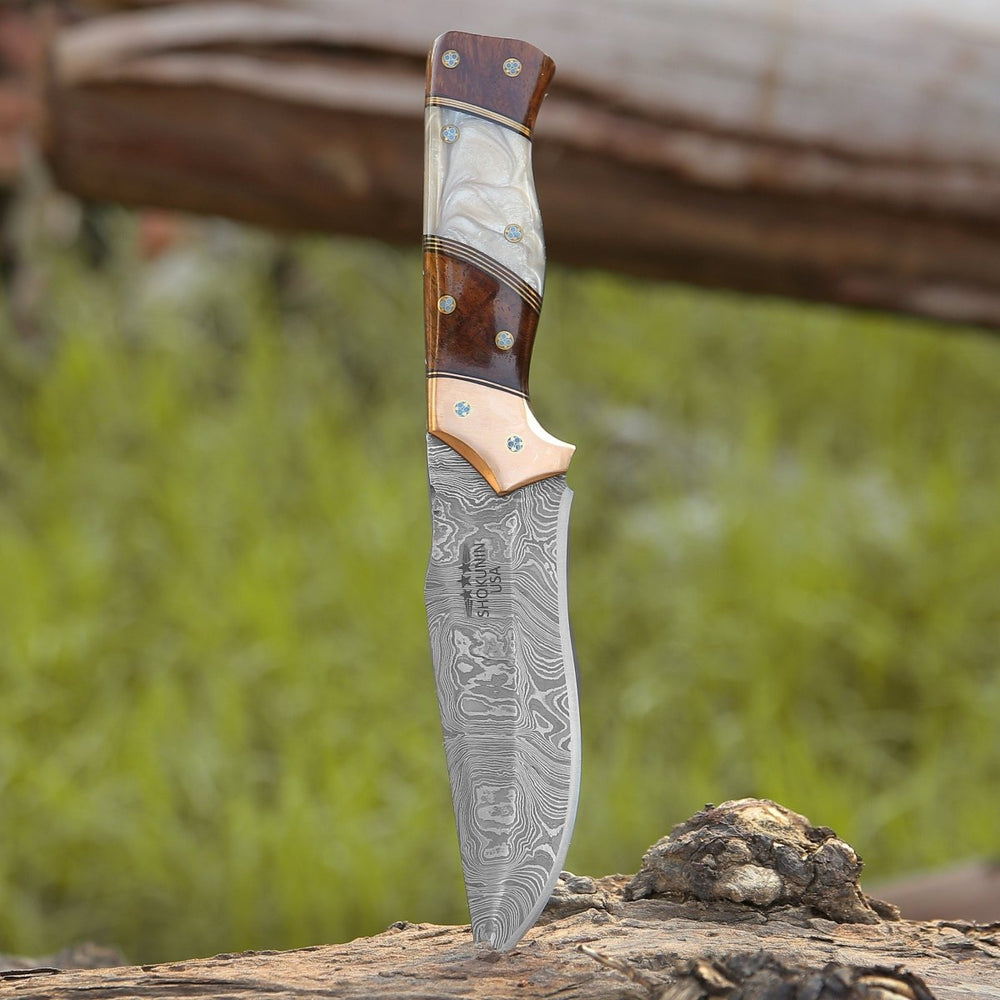
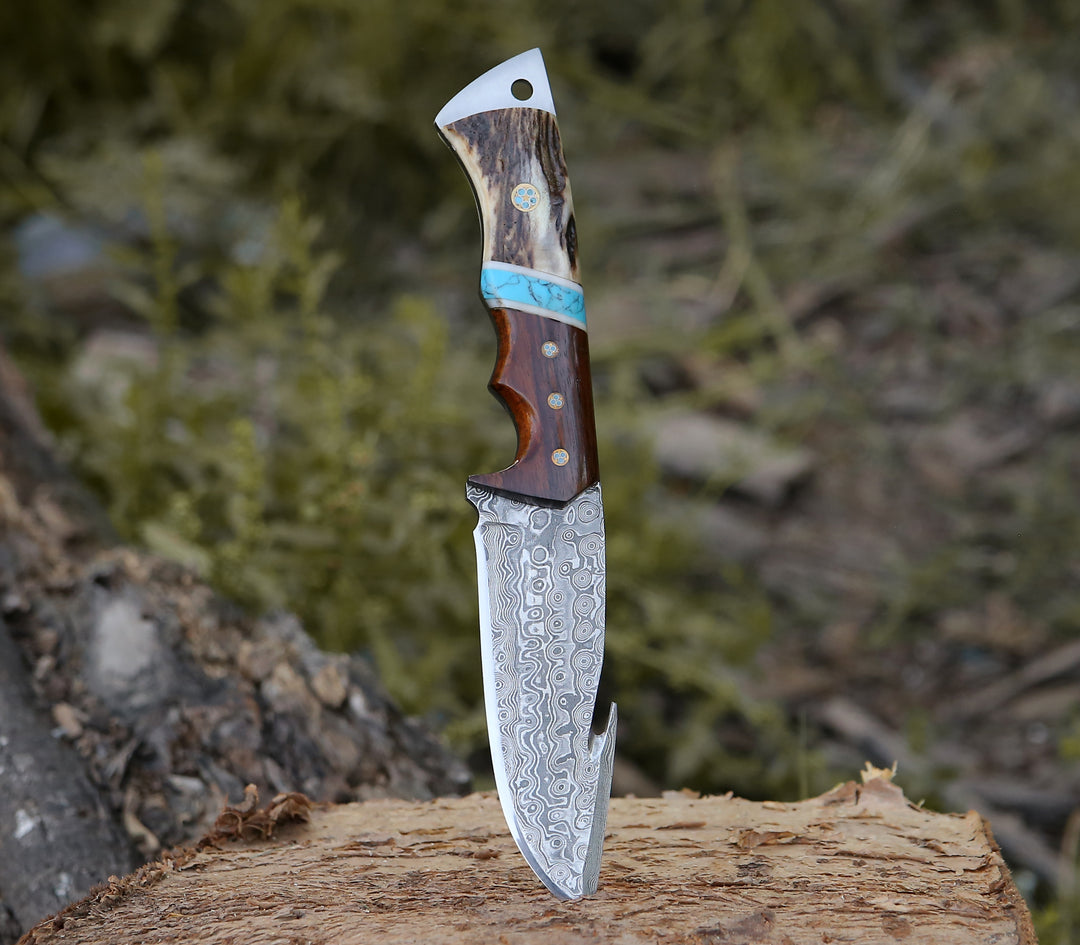
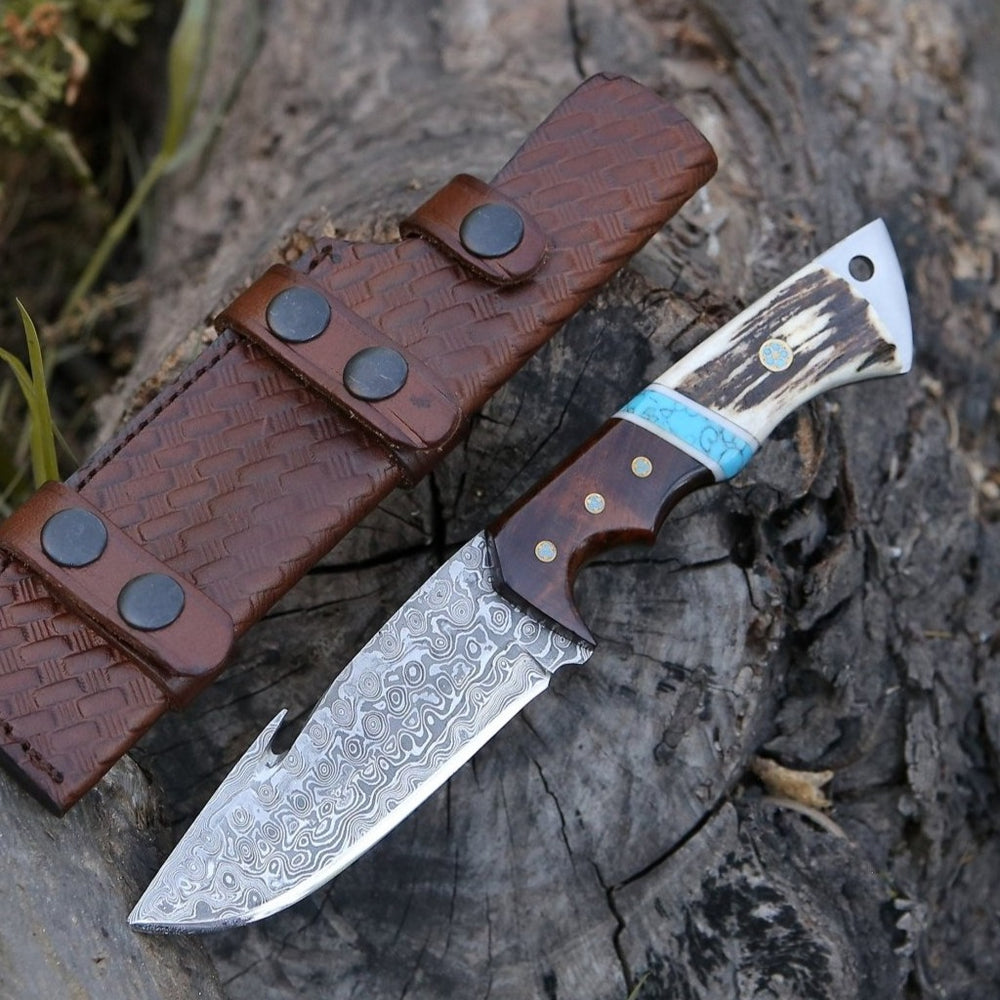
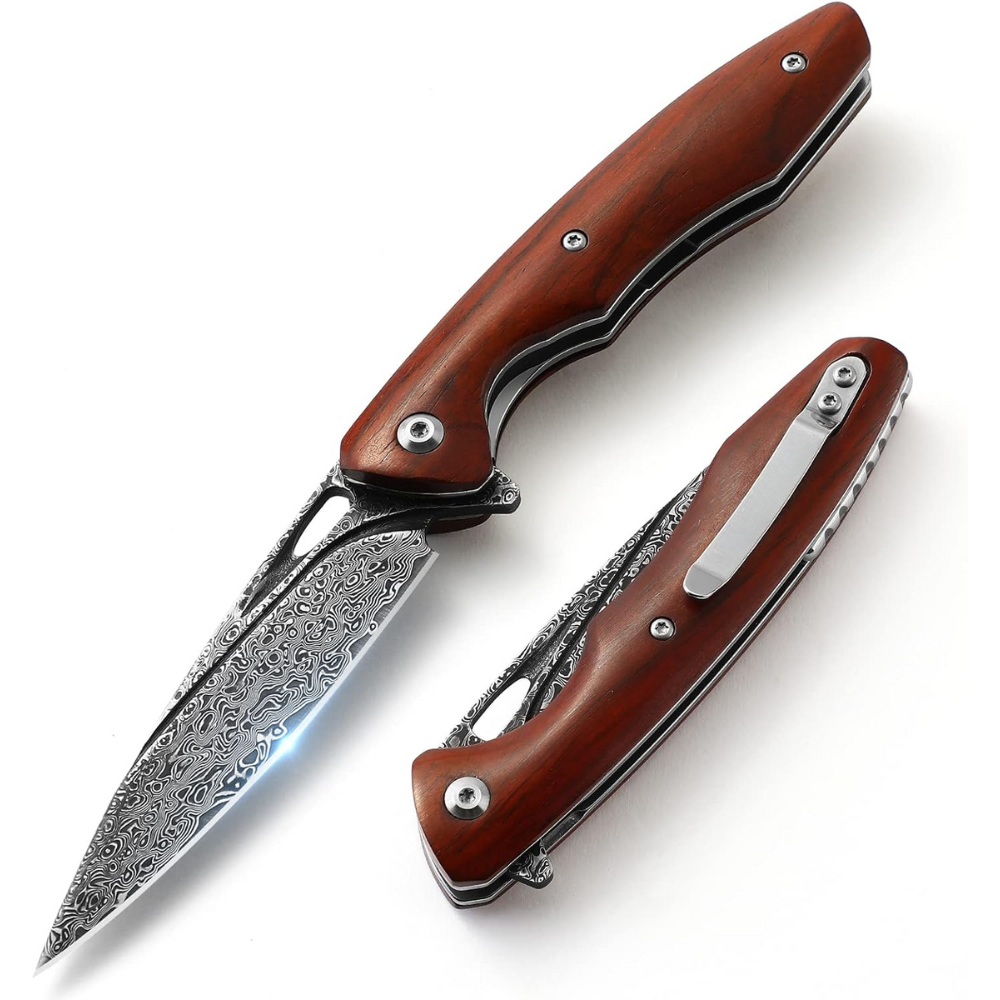
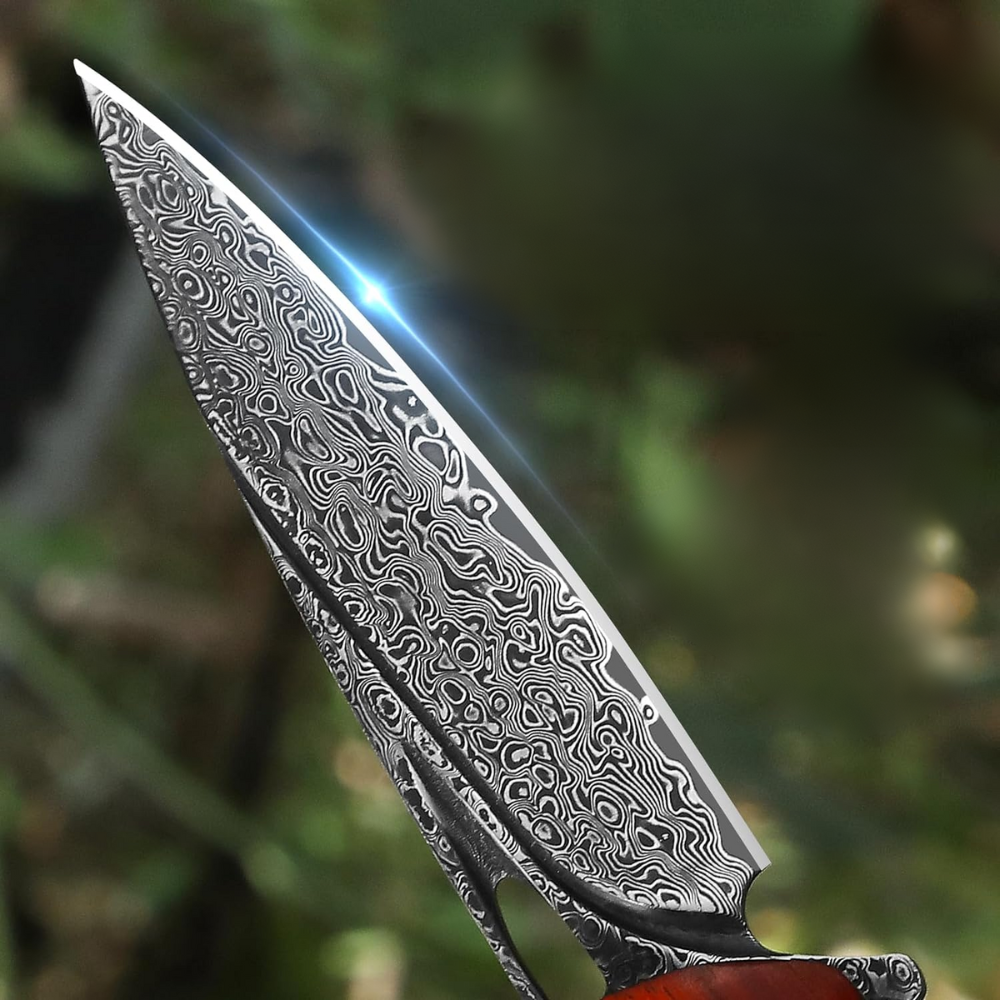
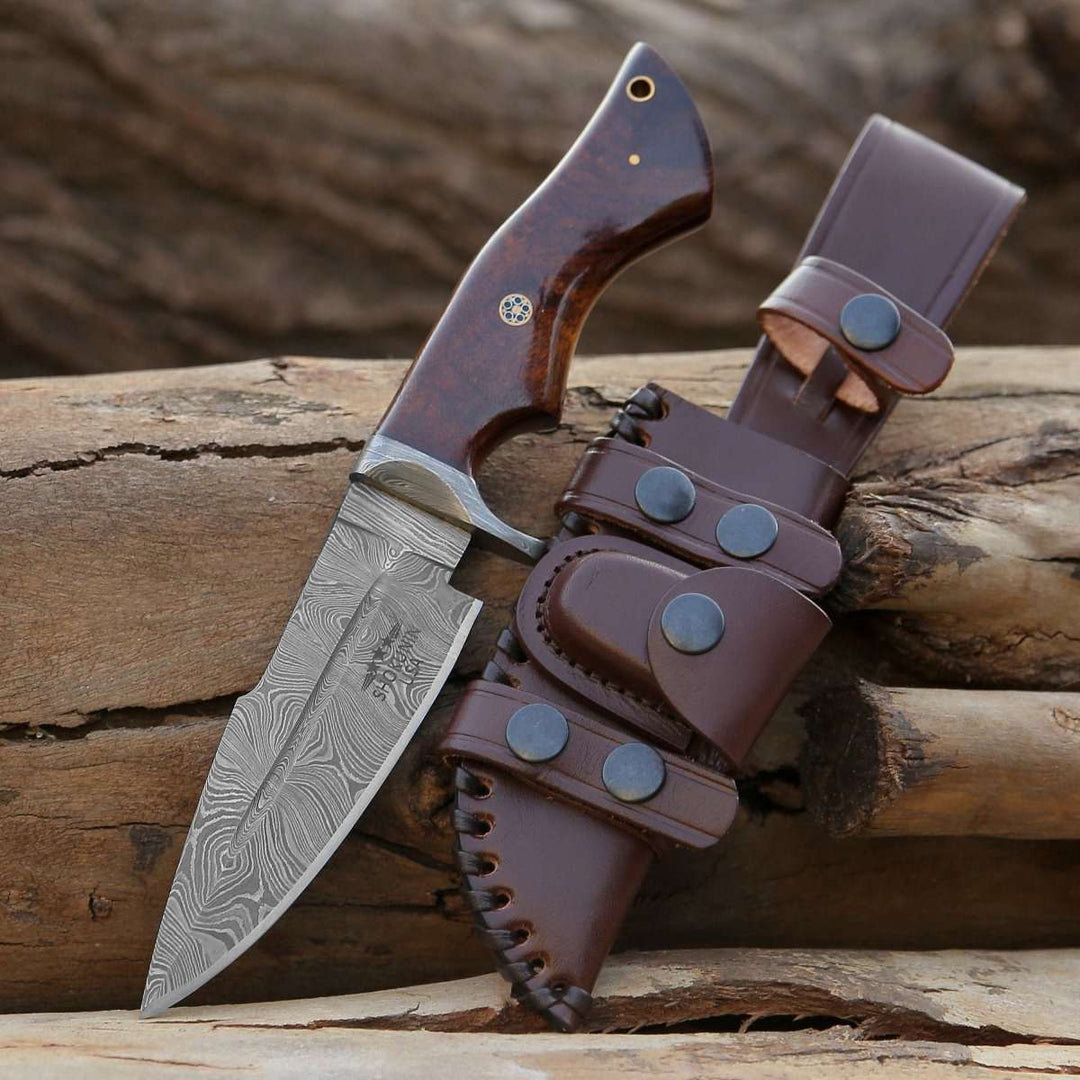
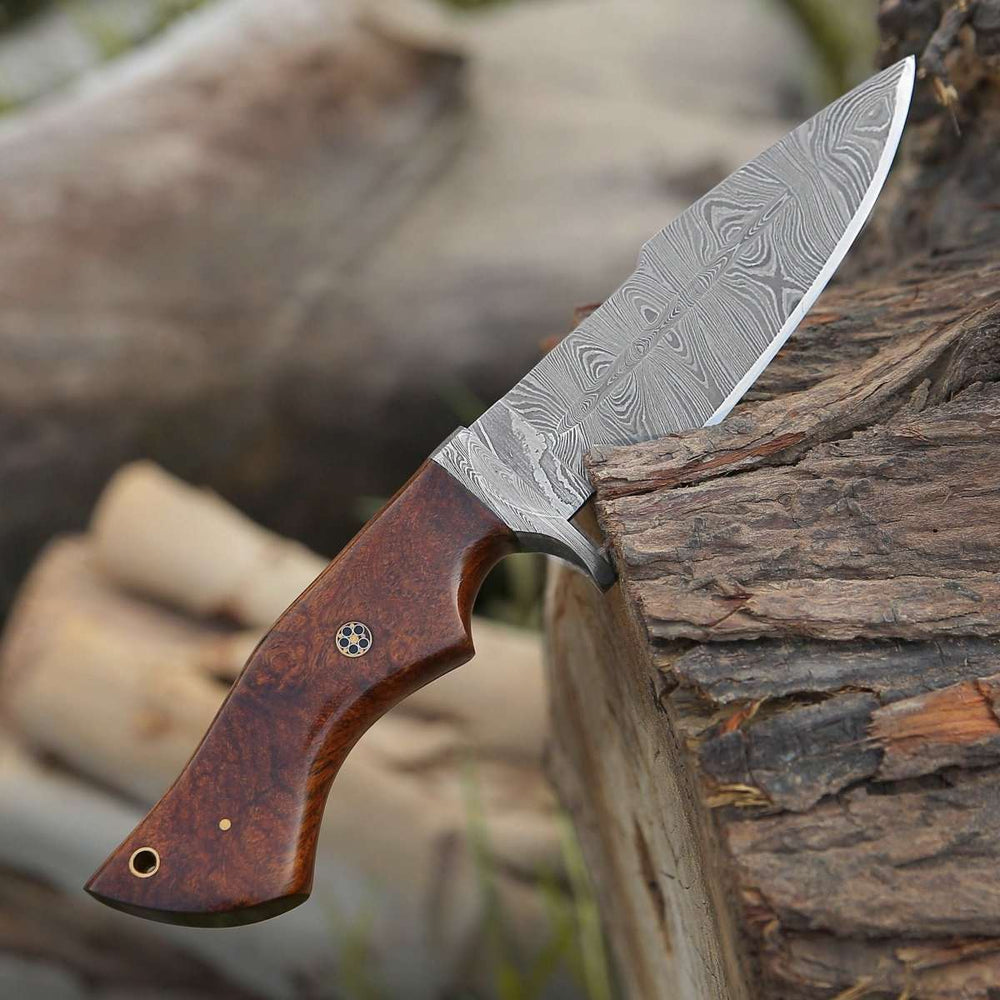
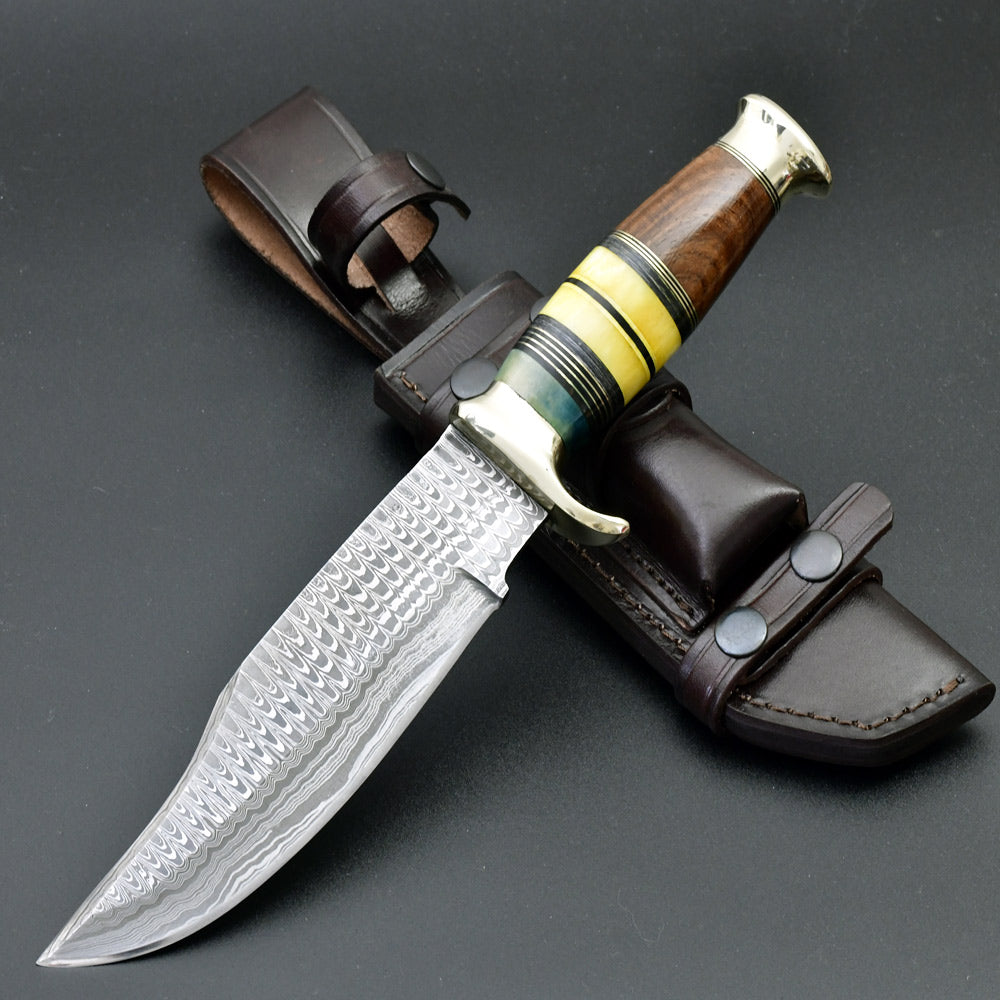
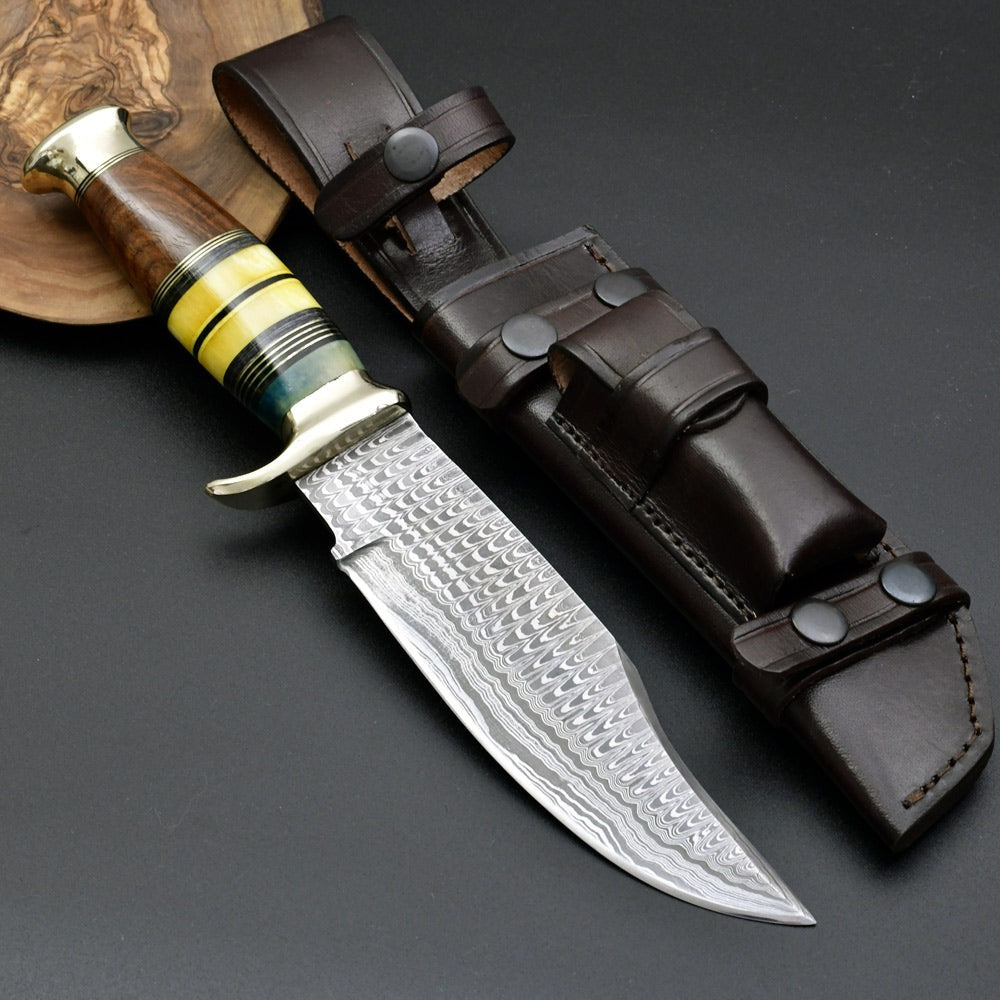
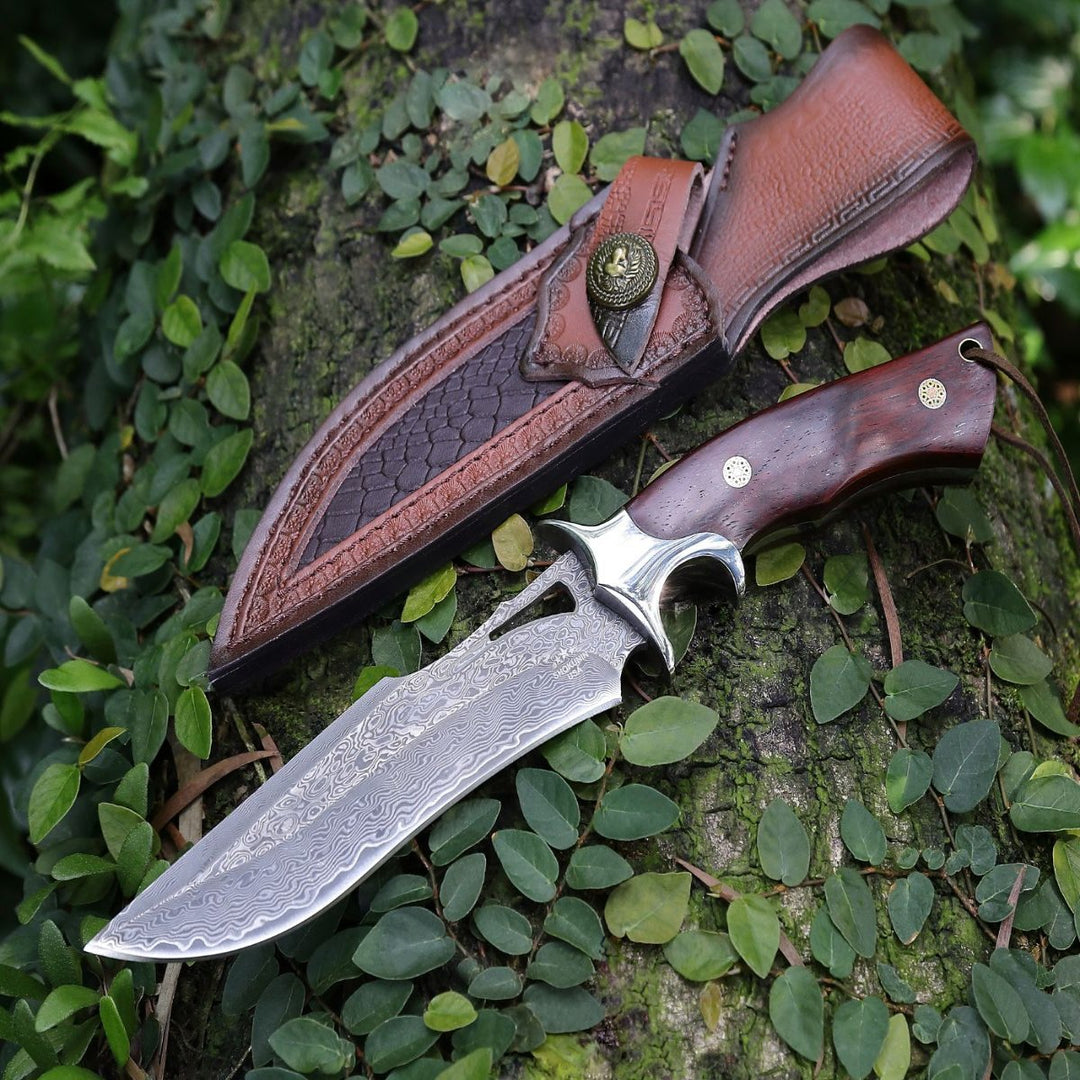
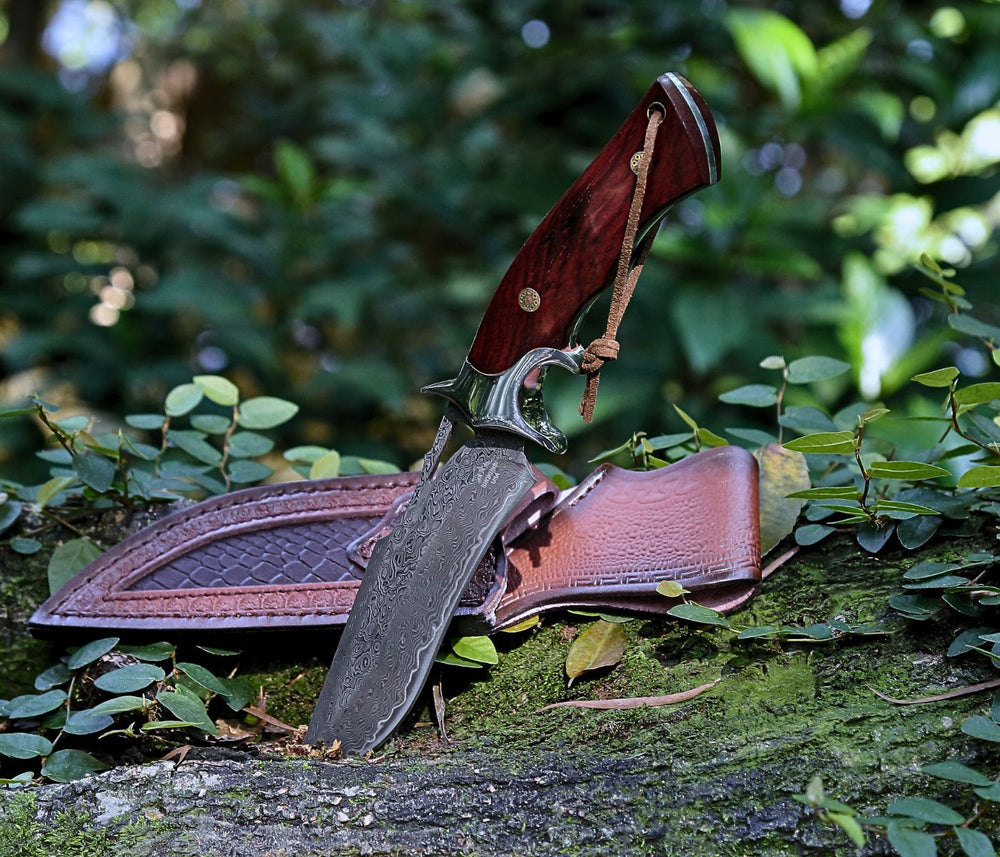
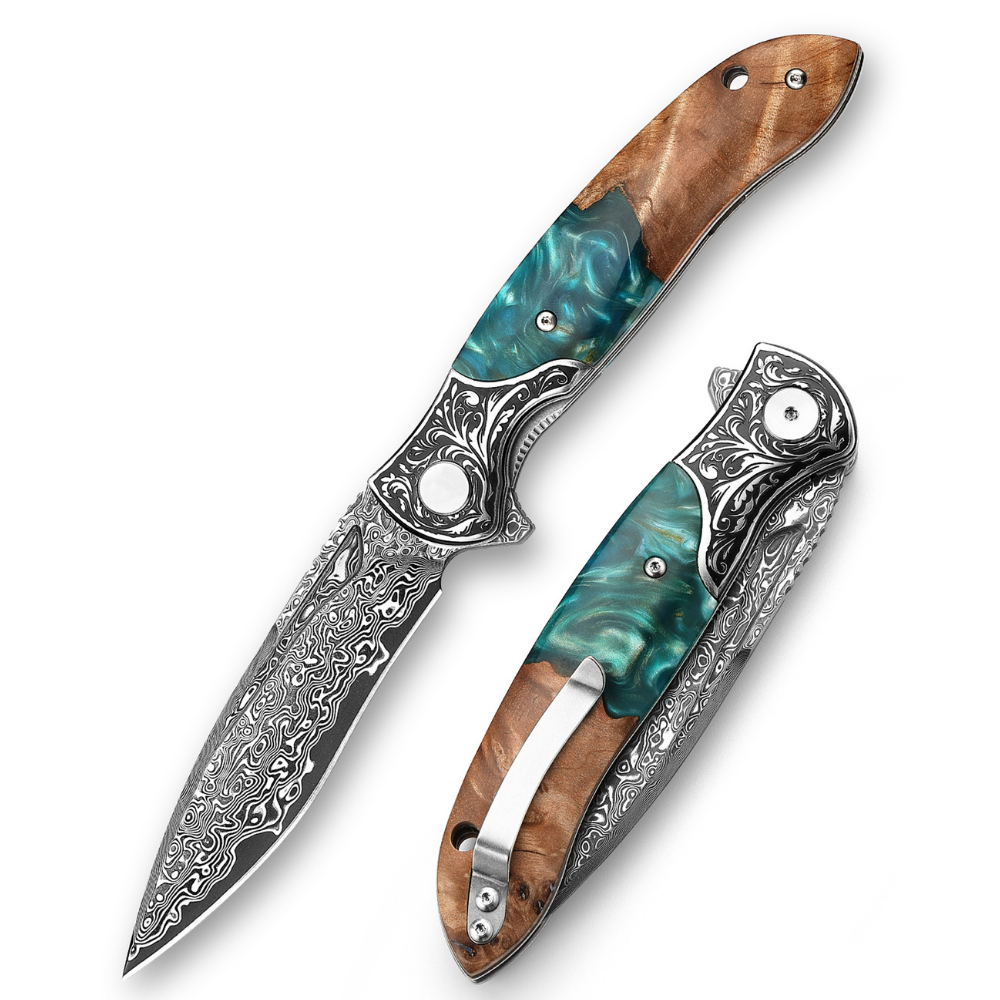
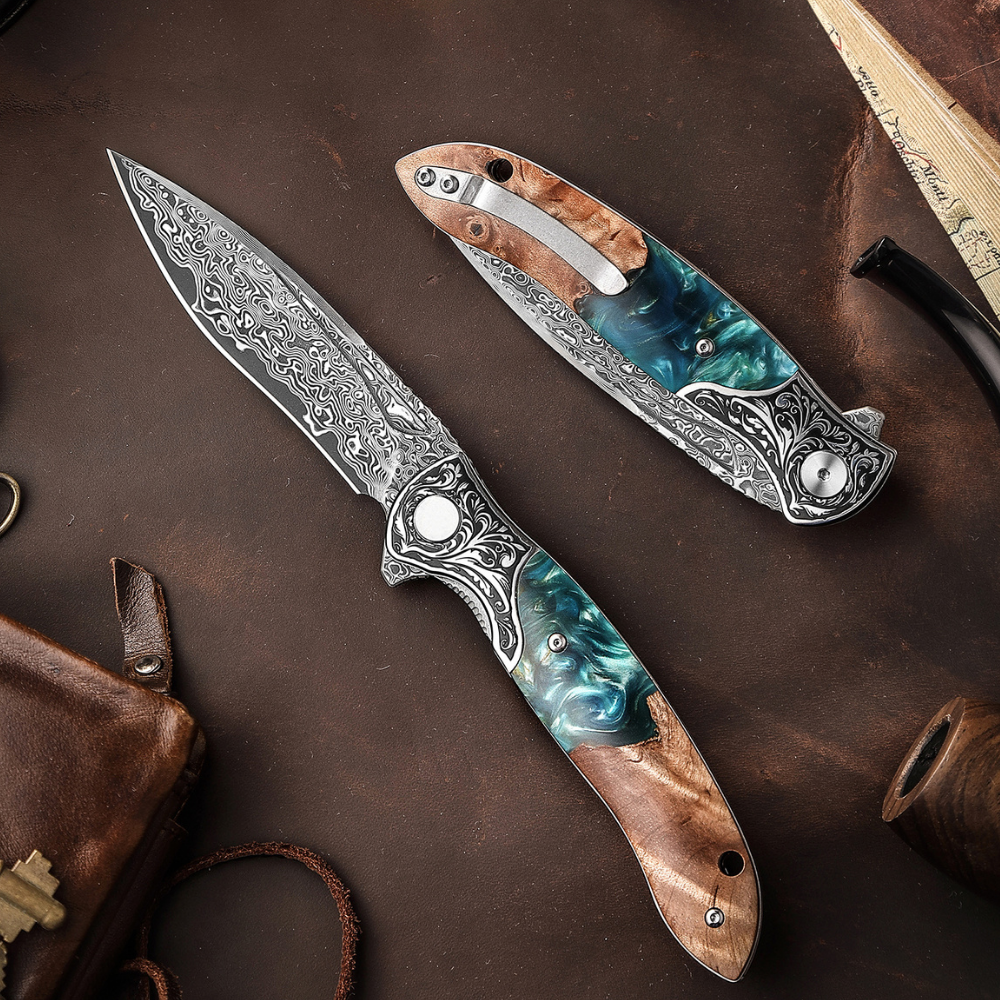
Leave a comment